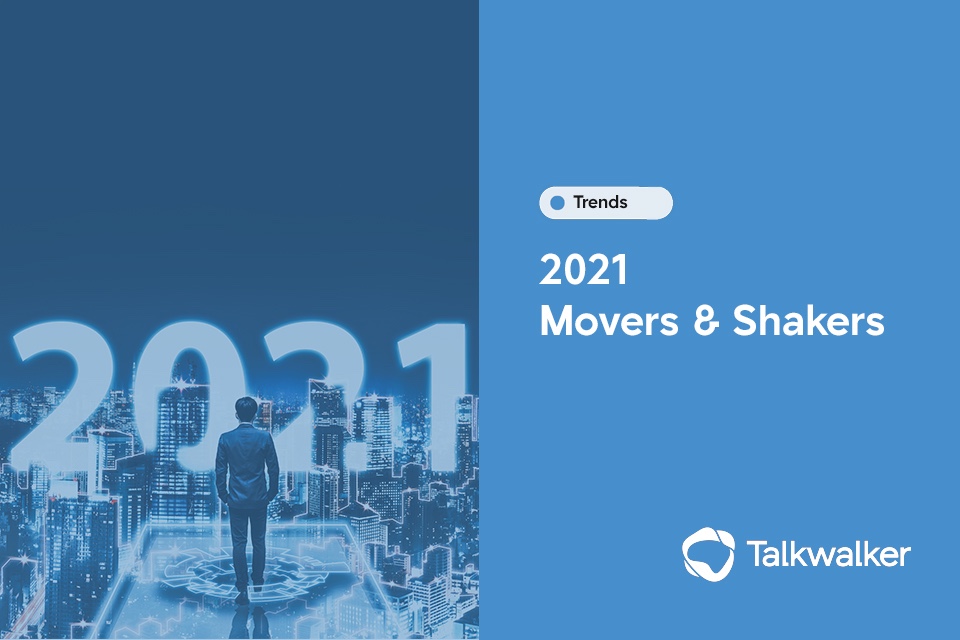Delivering a great experience for the new brand custodians
https://contactcentresummit.co.uk/wp-content/uploads/2022/02/customer-experience.jpg 960 640 Stuart O'Brien Stuart O'Brien https://secure.gravatar.com/avatar/81af0597d5c9bfe2231f1397b411745a?s=96&d=mm&r=gThe role of Contact Centre employees has changed significantly in recent years. The arrival of AI, chatbots and webforms has encouraged customer self-service, leaving dedicated agents to handle the more complex issues requiring knowledge, understanding and empathy. But these employees are also increasingly working from home a few days each week, remote from colleagues and support.
They are targeted with achieving more first-time resolutions, irrespective of the complexity of each case. And they are expected to use an array of complex, interacting collaborative technologies – that may or may not operate seamlessly together. So how can a business optimise the digital employee experience for these increasingly valuable brand custodians? Tony Smith, contact centre and employee experience expert, IR explains…
Valued Resource
Contact centre agents are no longer the most junior, undervalued employees in the business. Today, they are the transitioning up the value chain, recognised as brand ambassadors, empowered to handle those complex customer interactions that cannot be managed through self-service technologies. Yet despite the elevation and recognition, contact centre managers continue to struggle with high levels of staff churn, leading both to additional costs and disruption that can undermine the quality of the customer experience (CX).
In an increasingly complex contact centre environment, it is now vital to understand the day-to-day digital employee experience (EX) of agents and its impact on their ability to deliver a great CX. It is no longer enough to track the standard key performance indicators (KPIs), such as call resolution, call abandonment and agent occupancy. Businesses need to understand how technology is affecting the experience and as a result influencing performance.
Call answer rate may be well within target, but if the video or voice quality is poor, what is the impact on the CX? Is one agent’s performance dropping because customers are unable to hear properly and therefore abandoning the call? When staff are both increasingly skilled and hard to attain, no business can afford to lose talent due to technical problems.
Complex Contact Centres
The challenge is that these individuals are typically using multiple tools across many diverse networks, creating a complex picture for IT to unravel. Indeed, in many cases the system uptime figures will look great – and the business will be blind to the specific problems affecting one or more agents. In these complex, multi-tiered environments it is now essential to achieve a single source of end-to-end monitoring. With one tool, a business can quickly identify the problems and the cause, such as the need to improve capacity to avoid call quality dropping when the contact centre is busy.
IT performance can be monitored on an agent-by-agent basis, highlighting issues that may be linked to home working, such as poor Wi-Fi or an agent using an unauthorised camera that is affecting video quality. Fast access to this insight empowers a contact centre manager to be proactive with individual employees, highlighting and addressing any technology issues that could be damaging their EX and hence the CX and, as a result, their performance.
Complete Digital Experience
This insight is fast becoming essential if companies are to address the loss of younger talent. The generations now in the workforce are both tech savvy and connected. They expect technology to work and work well – whether that is at home or in the office. They don’t want to arrive for a day’s training or a collaboration with colleagues to discover the equipment in the meeting room doesn’t work.
They also don’t want to arrive in the office to discover just three people on a floor that could support several hundred. Continually monitoring equipment usage across the entire business estate can provide key insight about building usage, and information used by buildings and facilities management to support operational planning. If equipment is used just once or twice a month, companies can not only gain significant cost benefits through consolidating and reducing energy usage, but also ensure staff are always in a busy, supportive and collaborative environment.
Conclusion
Contact centre staff are increasingly valuable and valued – and the onus is on businesses to do more than just invest in IT to allow more customers to self-serve. Every part of the contact centre environment, whether an agent is at home, in the office, or reaching across the wider business to speak to a subject matter expert, must work perfectly to deliver a great employee experience. If the environment isn’t good enough, talented staff will leave for an employer that can offer a better digital workplace EX and, as a result, enable them to deliver a better CX.





